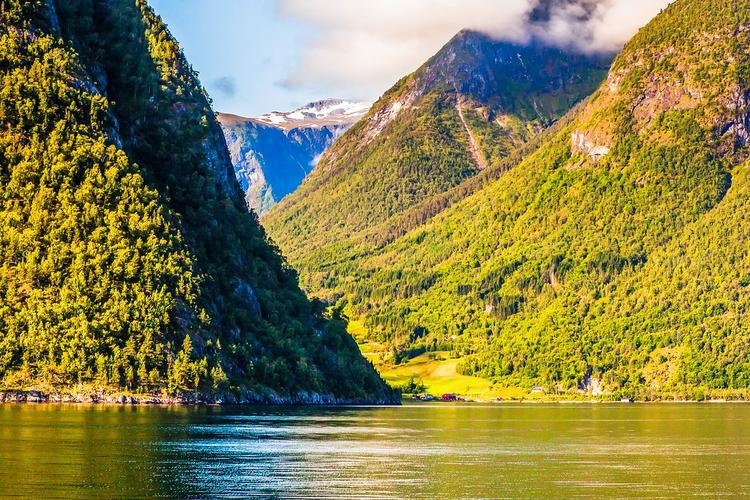Exploring Yellowstone: A Complete Guide to the Park’s History, Geology, and Wildlife
Yellowstone National Park is a natural wonder that offers a diverse range of experiences to hikers, campers, and families alike. Spread across an area of 2.2 million acres, this beautiful park is home to breathtaking scenery, fascinating wildlife, and noteworthy geological features. In this comprehensive guide, we will explore the park’s history, geology, and wildlife, and provide you with all the information you need to plan your next visit to Yellowstone.
History of Yellowstone
Yellowstone National Park was established in 1872, making it the first-ever national park in the United States. The park’s rich history dates back much earlier, as it has been occupied by various indigenous tribes for more than 11,000 years. The park’s modern history began with the Lewis and Clark expedition, who were the first known Europeans to visit the park in 1806.
Geology of Yellowstone
Yellowstone is known for the numerous hydrothermal features found throughout the park, such as geysers, hot springs, and mud pots. These features are a result of the park’s location on top of a massive volcanic hot spot that has been active for millions of years. The park’s most famous thermal feature, Old Faithful, erupts every 90 minutes, shooting boiling water over 130 feet into the air.
Yellowstone is also home to the Grand Canyon of the Yellowstone, which was first formed by volcanic activity and later carved out by the Yellowstone River. The canyon is approximately 20 miles long and up to 4,000 feet wide, and has some of the most stunning views in the park.
Wildlife of Yellowstone
Yellowstone is famous for its abundance of wildlife, including grizzly bears, wolves, bison, elk, and moose. The park is home to the largest free-roaming bison herd in the United States, with over 4,000 bison roaming the park’s grasslands. Visitors to the park can also spot wolves, which were reintroduced to Yellowstone in 1995 after a 70-year absence. In addition, Yellowstone is home to over 300 species of birds, making it a paradise for birdwatchers.
Planning Your Visit to Yellowstone
Planning a trip to Yellowstone can be an overwhelming experience, given the park’s sheer size and numerous attractions. However, with proper planning and research, you can make the most of your visit to this beautiful national park. Some tips to keep in mind include:
1. Decide on your mode of transportation: Yellowstone is a vast park, and visitors often require a car to explore its many attractions. You can also opt for guided tours or public transportation within the park.
2. Book your accommodation in advance: Yellowstone has several campsites and lodges, but they fill up quickly, especially during peak season. Book your accommodation well in advance to avoid disappointment.
3. Carry the right gear: Yellowstone has a variable climate, and visitors need to be prepared for all weather conditions. Carry appropriate clothing, water bottles, and snacks during your trip.
Conclusion
Yellowstone National Park is a one-of-a-kind destination that offers visitors a range of experiences, from witnessing incredible hydrothermal features to spotting magnificent wildlife in its natural habitat. By understanding the park’s history, geology, and wildlife, visitors can make the most of their trip to this beautiful national park. We hope this guide has provided you with all the information you need to plan a memorable trip to Yellowstone National Park.
(Note: Do you have knowledge or insights to share? Unlock new opportunities and expand your reach by joining our authors team. Click Registration to join us and share your expertise with our readers.)
